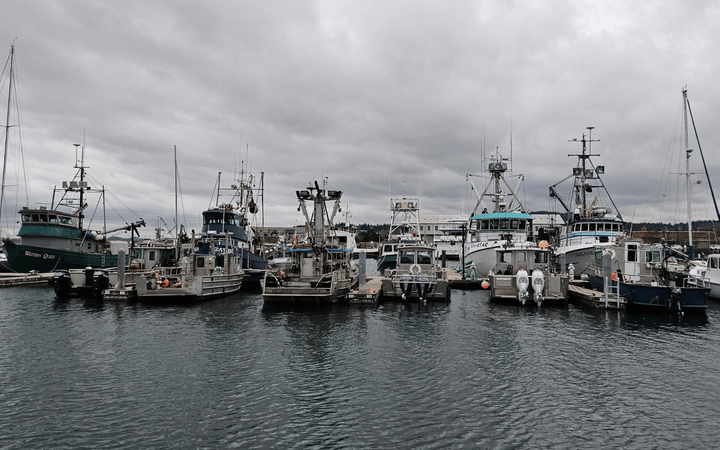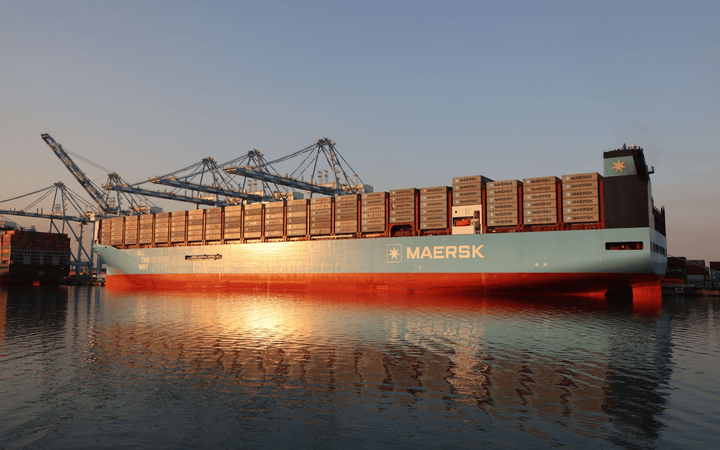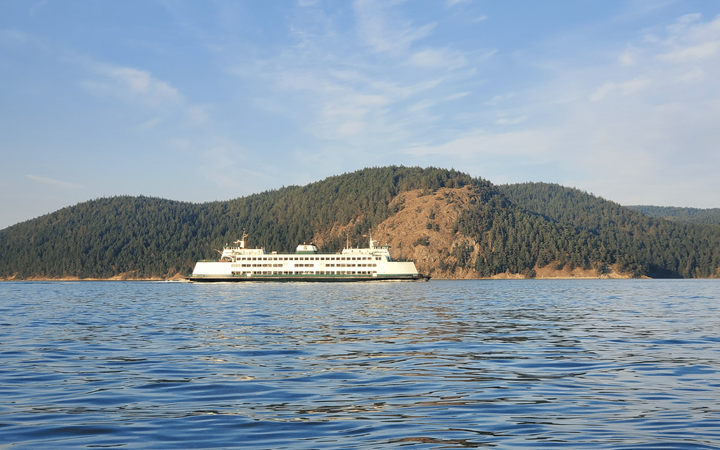New meets old and the hybrid era of boating
From speakers to satellite antennas to hybrid propulsion, adding new systems to older boats seems to make a lot of sense.

In many cases, new technology can be added to boats, rather than directly replacing old systems. Layering new upon old might even be more practical for both commercial and recreational vessels, that have the potential to operate for decades.
Bluetooth speakers are brought on board in lieu of hardwired ones. A few apps on a phone or tablet take the place of an outdated chartplotter. Powerful battery packs charge everything up instead of a bigger house bank.
New meets old aboard boats in other ways too.
At marinas throughout Washington state, the square Starlink antenna is an increasingly common sight, especially on recreational cruising vessels. Boaters adopted the technology quickly too, its service opened to the public only two years ago. It’s not limited to newer vessels either, I recently spotted one on a tugboat built in 1921.
Earlier this year though, Yachting World reported that the Elon Musk-owned company is cracking down on boaters using a more affordable plan intended for RVs (now called "Roam") rather than the dedicated maritime tier, originally geared toward commercial vessels. We’ll see how that shakes out. Whether Starlink or a dedicated mobile hotspot (used to write this article), it’s easier than ever to add internet access to any vessel.
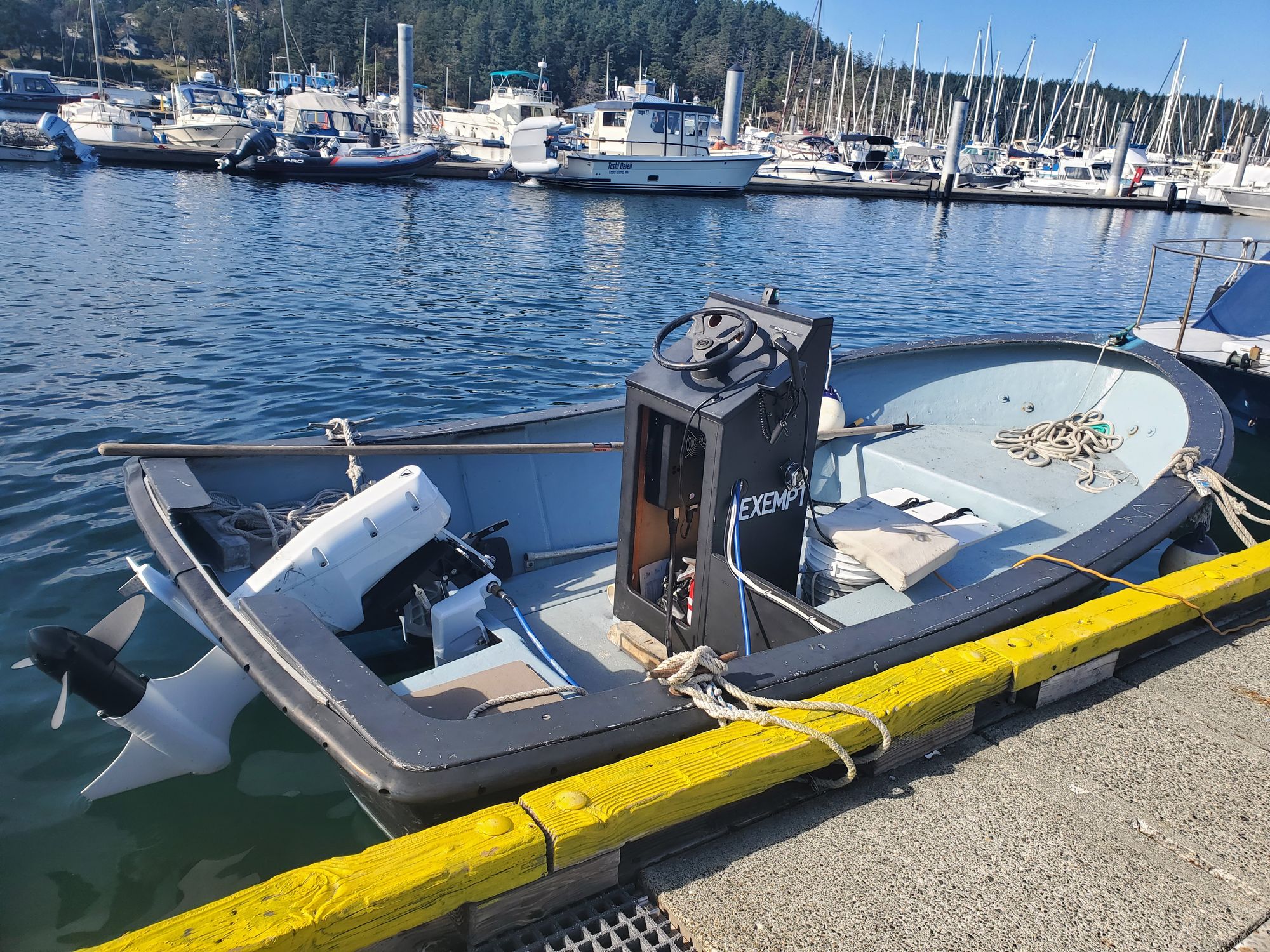
Switching to an electric outboard is more of a true replacement. Smaller electric outboards or trolling motors are also increasingly common but higher horsepower replacements have been slow to reach the market. However, Seattle-based Pure Watercraft has made headway and its 50 HP equivalent is in use at places like Sail Sand Point and the Port of Friday Harbor.
When it comes to re-powering even bigger boats, say a ferry that carries 200 vehicles and almost 2,500 passengers, hybrid solutions are now hitting the water.
In August, Washington State Ferries announced three of its Jumbo Mark II vessels will be converted to hybrid-electric power in the next few years. The first, M/V Wenatchee built in 1998, headed to Vigor’s shipyard last week for the project and is expected to re-enter service next summer.
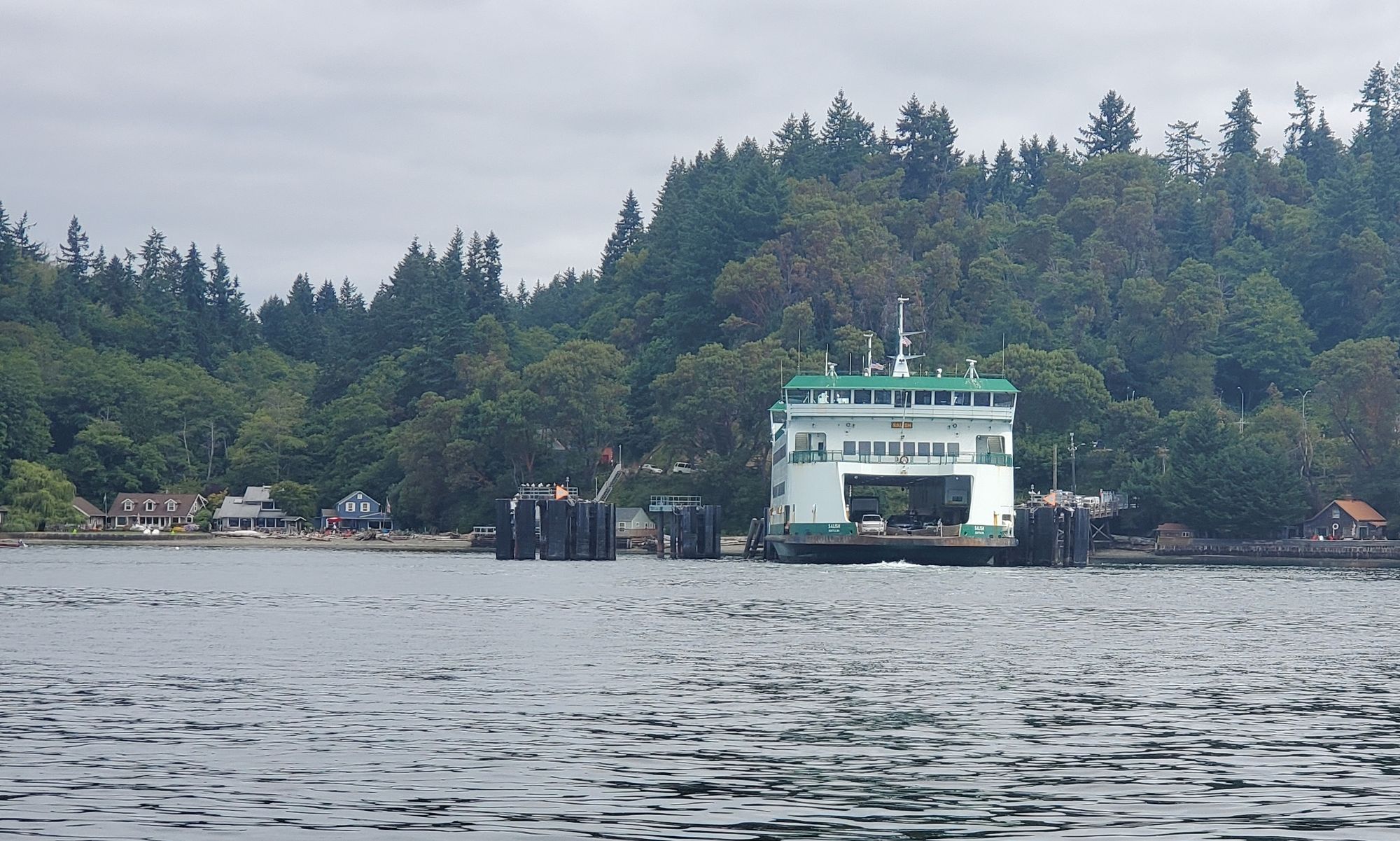
The conversion will use a Siemens Energy system, designed to integrated with the existing Siemens systems onboard. Siemens Energy modified their design to meet the WSF vessels' specific requirements, which seems to be common for propulsion systems at this scale.
WSF began exploring this kind of conversion in 2012. As part of its feasibility studies, WSF evaluated electric and hybrid car ferries, most of which are operating in Scandinavian countries. This project is another example of the long journey from developing new technologies to adopting them.
The Western Flyer is a wooden vessel with a storied history and a new hybrid propulsion that recently completed sea trials.
Re-floated from where it sank near La Conner, rebuilt at the Port Townsend Shipwrights Cooperative and re-powered at Snow Boat Co. in Seattle, the Western Flyer will soon conclude its latest chapter in Washington. The former fishing boat, built in Tacoma in 1937, will return to Monterey, Calif., in November. The Western Flyer Foundation will use the vessel for research and educational trips.
In an overview of the new hybrid system, Western Flyer Foundation Board President Tom Keffer wrote: “We really wanted to do a pure electric vessel, but then reality intruded.”
Quickly evolving technology, how different regions fuel their power grids, and high cost of batteries are several of the reasons he cited for taking the hybrid track. The system they selected is a diesel-electric that’s primarily diesel, but has an electric mode.
Keffer points out some benefits unique to Western Flyer’s intended use as a research vessel. He said the electric mode should be better for frequent reversing and reducing noise that may impact research.
By opting to go hybrid, the nonprofit kept the door open to increase how long the Western Flyer can go into electric mode as new, potentially less expensive, batteries become available. This is a similar strategy to King County Metro’s recommendation if the transit authority were to expand its ferry fleet.
That’s a key difference between this hybridization of boats and the era of hybrid cars that’s well underway. Whatever electric range a hybrid car has off the assembly line, it won’t be modified to increase it. That only comes with an entirely new model.
By substituting or adding to the systems currently in use, existing vessels can take advantage of new technology, when they actually become a reality.

